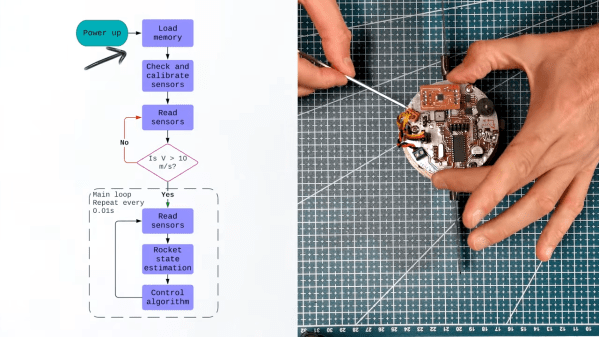Ever get to the train station on time, find your platform, and then stare at the board showing your train is 20 minutes late? Bay Area Rapid Transit (BART) may run like clockwork most days, but a heads-up before you leave the house is always nice. That’s exactly what [filbot] built: a real-time arrival display that looks like it was stolen from the platform itself.
The mini replica nails the official vibe — distinctive red text glowing inside a sheet-metal-style enclosure. The case is 3D printed, painted, and dressed up with tiny stickers to match the real deal. For that signature red glow, [filbot] chose a 20×4 character OLED. Since the display wants 5 V logic, a tiny level-shifter sits alongside an ESP32-C6 that runs the show. A lightweight middleware API [filbot] wrote simplifies grabbing just the data he needs from the official BART API and pushes it to the little screen.
We love how much effort went into shrinking a full-size transit sign into a desk-friendly package that only shows the info you actually care about. If you’re looking for more of an overview, we’re quite fond of PCB metro maps as well.


















